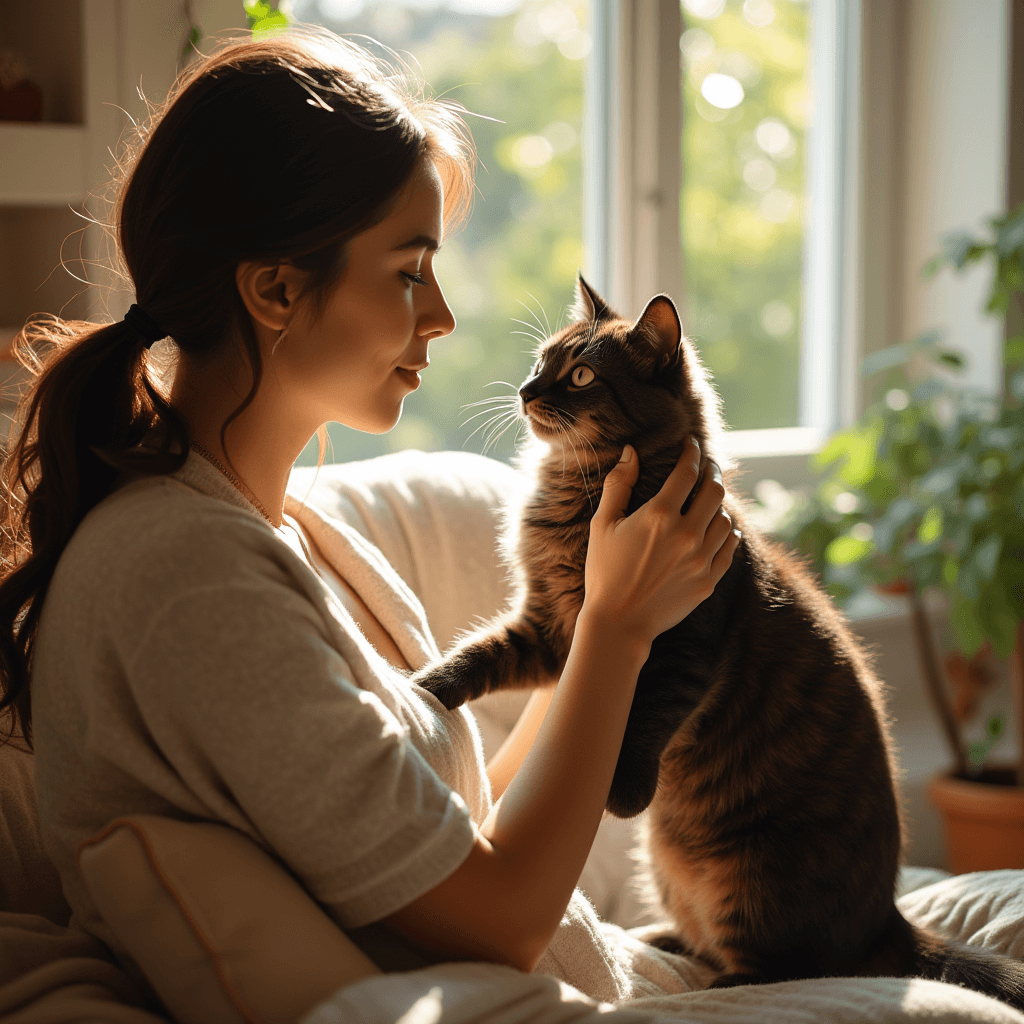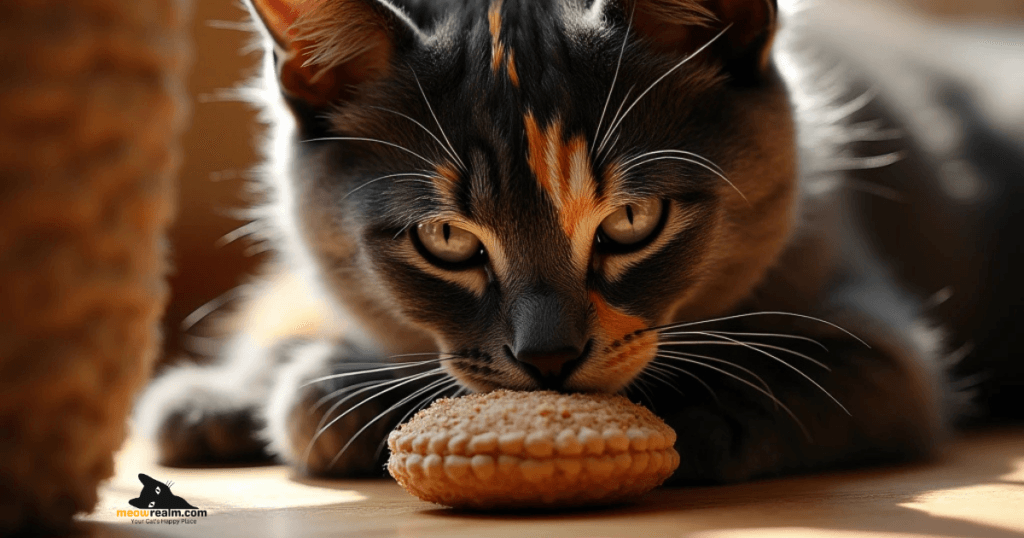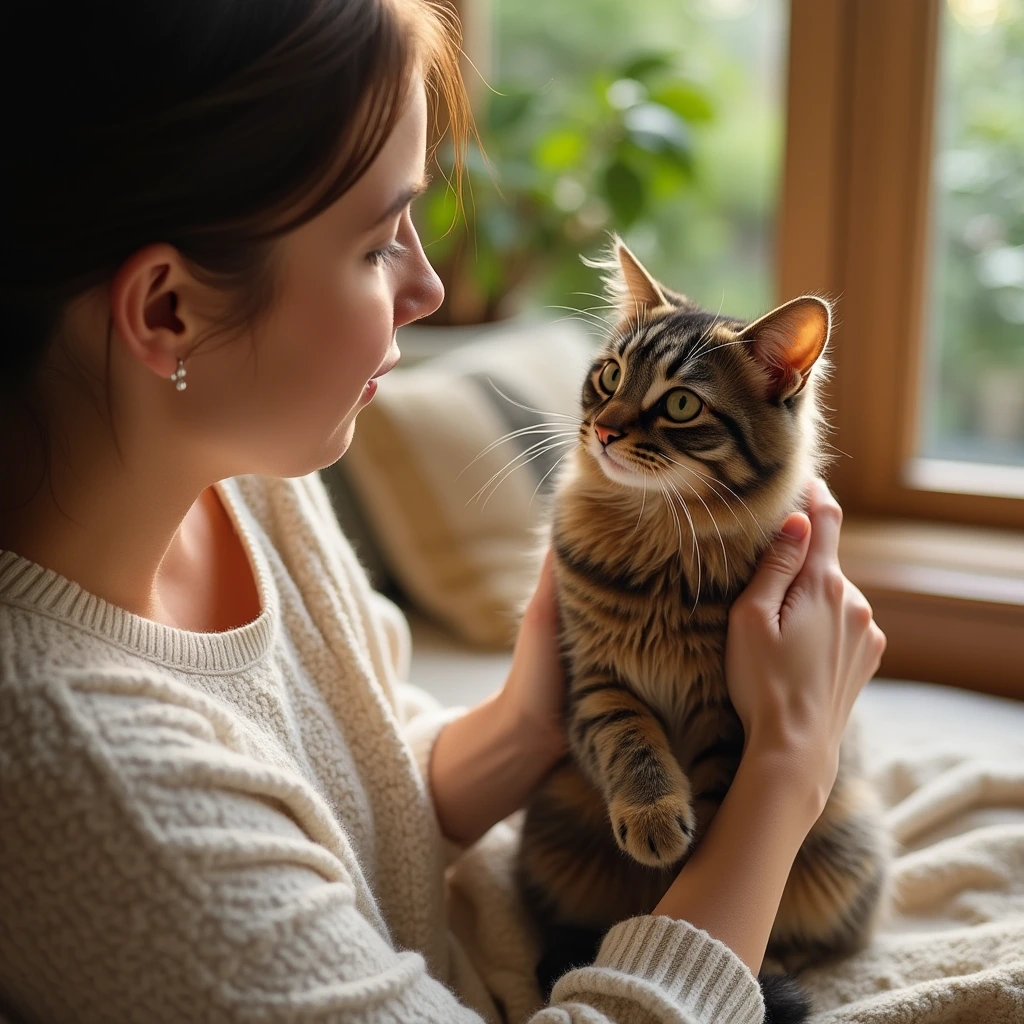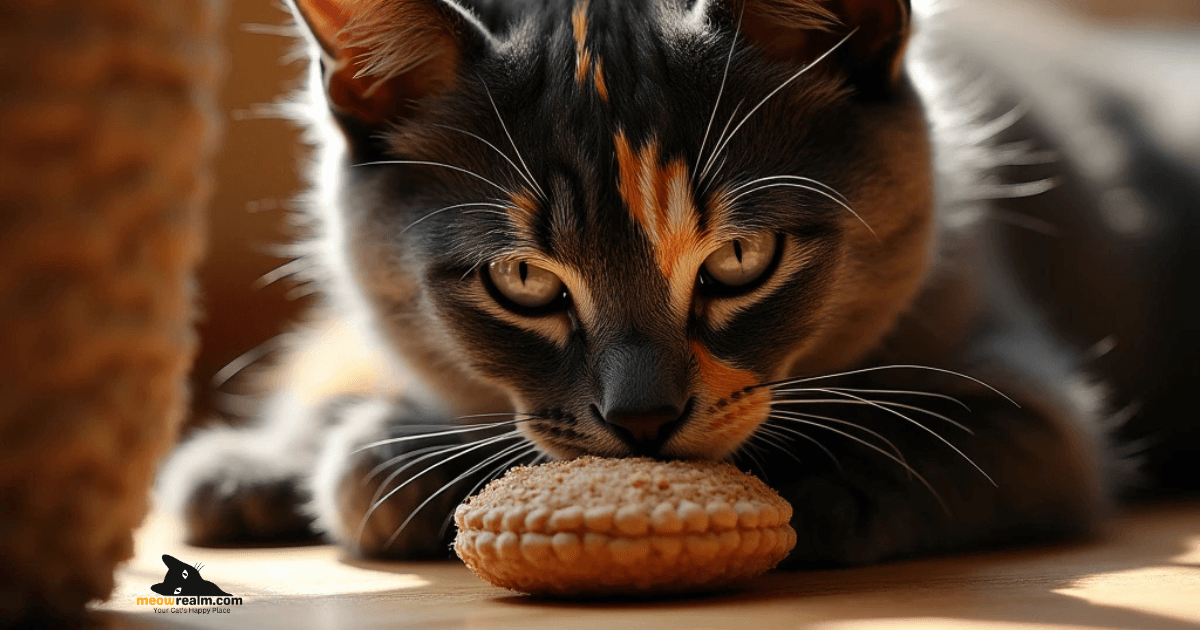Have you ever looked at a tortie cat and felt captivated by its vibrant colors and distinct personality? Tortie cats, with their beautiful coats and unique charm, have a way of leaving an impression on anyone who meets them. Known formally as “tortoiseshell” cats, these felines boast intricate color patterns that set them apart in the world of cats. But torties are much more than just a pretty face; they bring their own quirks, personalities, and special care needs to the table. Whether you’re a proud tortie parent or curious to learn more about these distinctive cats, this guide will explore everything you need to know about tortie cats, from their genetics and personalities to tips for providing them the best care.
Table of Contents
What is a Tortie Cat?

A tortie cat, short for tortoiseshell, is named for the unique coat pattern that resembles the shell of a tortoise. The “tortie” coloring isn’t a breed but rather a pattern that can be found in various cat breeds, featuring a mix of black, orange, and sometimes cream or grey. These cats are known for their striking appearance, as no two tortie coats are ever exactly alike. The tortoiseshell pattern is typically random, with splashes of colors in various combinations.
The Genetics Behind Tortie Cats
One fascinating fact about tortie cats is that they’re predominantly female. The tortoiseshell coloring results from a genetic quirk involving the X chromosome. Since female cats have two X chromosomes, they have a higher likelihood of displaying two colors simultaneously, resulting in the classic tortoiseshell appearance. Male torties are rare—often the result of an unusual XXY genetic combination.
The Unique Personality of Tortie Cats
Tortie cats are known for their spirited and lively personalities, sometimes even earning the nickname “tortitude.” While every cat is unique, many tortie owners believe that these cats display a certain boldness and independence not always seen in other felines.
Tortitude: Myth or Reality?
The term “tortitude” refers to the sassy, sometimes feisty personalities that many tortie cats seem to display. Although there’s no scientific proof that torties are naturally more independent or feistier than other cats, surveys and anecdotal reports from tortie owners suggest that this unique personality trait may have some truth to it. Many tortie owners describe their cats as opinionated, strong-willed, and deeply affectionate—qualities that only add to their charm.
Tortie Cat Breeds
While “tortie” is a color pattern rather than a specific breed, many different breeds can exhibit this stunning color combination. Here are a few cat breeds where tortoiseshell coats can be found:
- American Shorthair: Known for its muscular build and friendly nature, the American Shorthair sometimes features tortoiseshell coloring.
- British Shorthair: This breed may sport a tortie coat, especially in long-haired varieties, and often has a calm and affectionate demeanor.
- Persian: With its luxurious long fur, the Persian tortie is a truly stunning sight, combining grace and beauty.
- Maine Coon: Known for being one of the largest cat breeds, the Maine Coon can sometimes exhibit tortoiseshell coloring.
Tortie vs. Calico vs. Tabby: What’s the Difference?
It’s easy to mix up tortie cats with calicos or tabbies, but each has distinct patterns. Calico cats have patches of white mixed in with their black and orange, giving them a tri-colored look, whereas tabbies have a distinctive striped or swirled pattern, often with an “M” shape on their forehead. Torties, however, have no white and their coloring is typically mottled or interwoven without distinct patches.
Caring for a Tortie Cat
Providing the right care for your tortie cat ensures they stay happy and healthy. While their care requirements are similar to other cats, there are some considerations specific to torties.
Health and Wellness
Tortie cats have the same health needs as other cats, with a focus on regular checkups, vaccinations, and dental care. To help you organize a balanced diet, here’s a quick meal guide that considers the age and weight of your tortie.
| Age Group | Wet Food Portion | Dry Food Portion | Feeding Frequency |
|---|---|---|---|
| Kitten (0-1 yr) | 1 can per day | 1/3 cup | 3 meals/day |
| Adult (1-7 yr) | 1 can per day | 1/4 cup | 2 meals/day |
| Senior (7+ yr) | 1/2 can per day | 1/3 cup | 2 meals/day |

Grooming Needs
Most tortie cats have short fur, making them relatively low-maintenance in terms of grooming. However, if your tortie has long hair, regular brushing helps prevent matting and reduces shedding. A weekly grooming session is often enough to keep their coat in good shape, and a gentle brush is usually effective for both short and long-haired varieties.
Training and Socialization
Although torties are known for their independent streak, training and socializing them can help develop a strong bond and encourage good behavior.
Tips for Training Tortie Cats
When training a tortie, patience is key. They may show some resistance initially, but with gentle encouragement and positive reinforcement, torties can learn commands, tricks, and even basic routines.
- Use positive reinforcement: Reward your tortie with treats and praise when they follow a command.
- Consistency is essential: Stick to a routine so your tortie knows what to expect.
- Encourage playtime: Interactive play not only provides exercise but strengthens your bond.
Socializing with Other Pets and People
Introducing a tortie to other pets or people can take time, especially if they’re shy or independent. When introducing your tortie to a new environment, ensure they have a space where they feel safe and comfortable, allowing them to approach at their own pace.
Feeding Your Tortie Cat
Nutrition Needs by Life Stage
Just as humans need a tailored diet based on age, cats benefit from life-stage-specific nutrition. For example, a kitten needs more protein for growth, while senior cats may benefit from joint-supporting nutrients.

Tortie Cat Treats & DIY Recipes
Why not spoil your tortie with a homemade treat? Here’s a simple recipe your cat is likely to love:
| Ingredient | Amount | Instructions |
|---|---|---|
| Canned Tuna | 1 can | Mash and shape into small balls. |
| Egg | 1 | Beat and mix with tuna; bake at 350°F for 10 mins. |
| Catnip (optional) | pinch | Sprinkle on top before baking. |
These treats make a great occasional snack and are an excellent source of protein!
Fun Facts About Tortie Cats
Did you know tortie cats are considered lucky in many cultures? In Japanese folklore, tortie cats are said to bring good fortune and ward off evil spirits. Here are some other quirky facts about tortie cats:
- Torties are often compared to “tabby cats” but have their own unique coloration and mystique.
- Torties have inspired artwork and tales for centuries due to their striking appearance.
- Due to their rarity, male torties are believed to be extra special!
Common Questions About Tortie Cats (FAQ)
Are tortie cats friendly?
Yes, many tortie owners find their cats to be affectionate and loyal. Their personalities may vary, with some being more reserved, but they generally form strong bonds with their humans.
Why are tortie cats mostly female?
The tortoiseshell pattern is linked to the X chromosome. Female cats have two X chromosomes, making them more likely to display the coloring.
Can tortie cats have long hair?
Yes! While tortie-cats are often short-haired, certain breeds like Persians or Maine Coons can have long-haired tortie coats.
What is tortitude, and is it real?
Tortitude refers to the bold and sassy personality many tortie owners report. While not scientifically proven, many find torties to have a unique charm.
Tortie-cats are a unique blend of beauty, charm, and personality, making them beloved companions for many cat lovers. Their distinctive coloring, independent nature, and occasional sass create a personality that’s hard to resist. Whether you’re already the lucky owner of a tortie or just getting to know them, understanding their personality and needs can help build a strong bond and ensure they’re as happy as possible.

